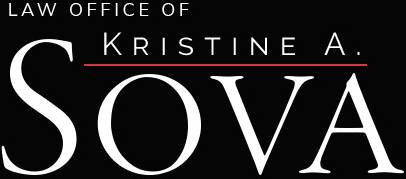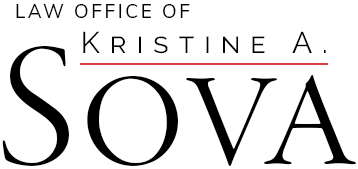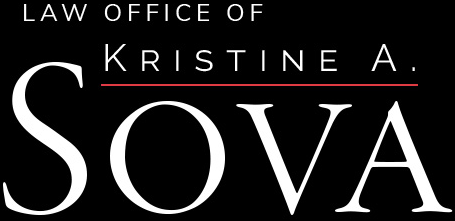By October 9, every employer in New York State is required to adopt a sexual harassment prevention policy that meets or exceeds certain minimum standards. Specifically, the policy must:
- prohibit sexual harassment consistent with guidance issued by the New York State Department of Labor in consultation with the New York State Division of Human Rights;
- provide examples of prohibited conduct that would constitute unlawful sexual harassment;
- include information concerning the federal and state statutory provisions concerning sexual harassment, remedies available to victims of sexual harassment, and a statement that there may be applicable local laws;
- include a complaint form;
- include a procedure for the timely and confidential investigation of complaints that ensures due process for all parties;
- inform employees of their rights of redress and all available forums for adjudicating sexual harassment complaints administratively and judicially;
- clearly state that sexual harassment is considered a form of employee misconduct and that sanctions will be enforced against individuals engaging in sexual harassment and against supervisory and managerial personnel who knowingly allow such behavior to continue; and
- clearly state that retaliation against individuals who complain of sexual harassment or who testify or assist in any investigation or proceeding involving sexual harassment is unlawful.
It’s important to note that these requirements go above and beyond language typically found in even the most robust “best practice” type sexual harassment policies. Therefore, all employers will want to review their policies for compliance.
Last month, the state issued a proposed model sexual harassment policy. A copy of the proposed policy is available here. Employers have the option of adopting the final model policy in its entirety, or revising their policies to meet or exceed the new state standards (which may include adopting portions of the final model policy). The final policy is expected to be issued soon, but it is possible it may not be issued before the October 9 deadline.




